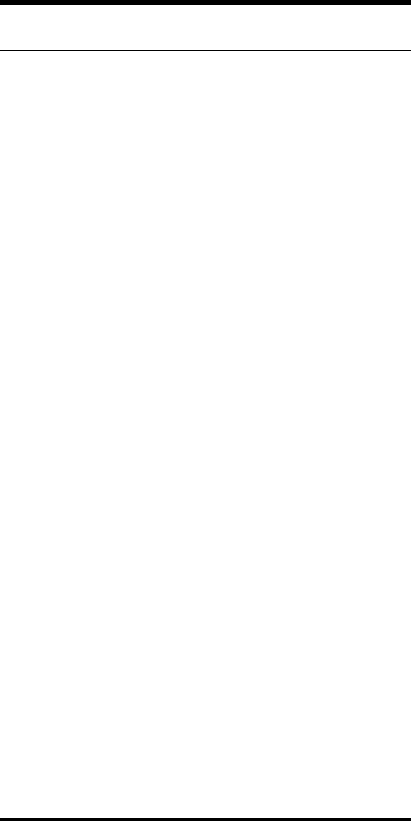
Installing Network Cables
Your Ethernet Hub is denominated as an 12-port,
or 16-port, or
24-port
Ethernet Hub according to
the number of its front-panel
1OBaseT
ports.
Additionally it has two ports whose connectors are
on the rear panel: one lOBase2 port (BNC
connector), and one
lOBase5
port (AUI connector).
These two un-numbered rear-panel ports are
logically equivalent with the numbered ports on
the front panel of the Ethernet Hub.
By using a rear-panel connector of the Ethernet
Hub to connect into an existing coaxial network
cable, you can add on a star-topology
subnet,
connected through the Ethernet Hub’s numbered
front-panel ports. Alternatively, you can connect
into an existing star-topology through a front
panel port of the Ethernet Hub, and then add on a
bus-topology subnet by connecting the subnet bus
to a rear-panel connector of the Ethernet Hub
(irrespective of any star-topology subnet that may
also be supported by the Ethernet Hub’s
front-
panel ports). In either case, the unused
rear-
panel connector always remains available to
connect a second coaxial cable (alternative type of
coaxial cable).
When the Ethernet Hub has no coaxial trunk
connection, then both of the rear panel connectors
remain
available for coaxial station-cable
connections.
It is useful to keep this in mind
when you have some station equipment whose
adapters have no 1OBaseT port (RI-45 connector),
and thus can only be connected to the hub through
a coaxial cable.
3

















